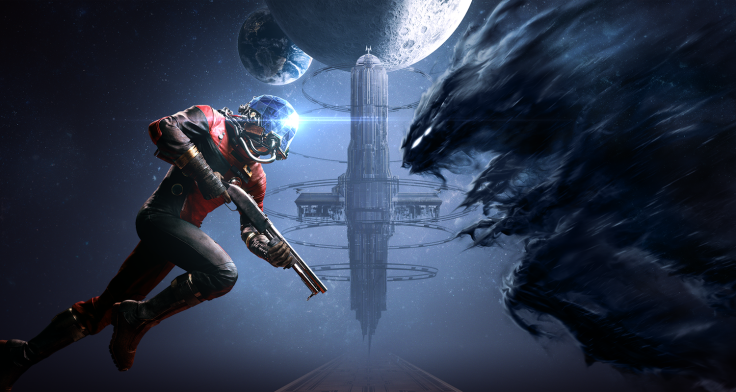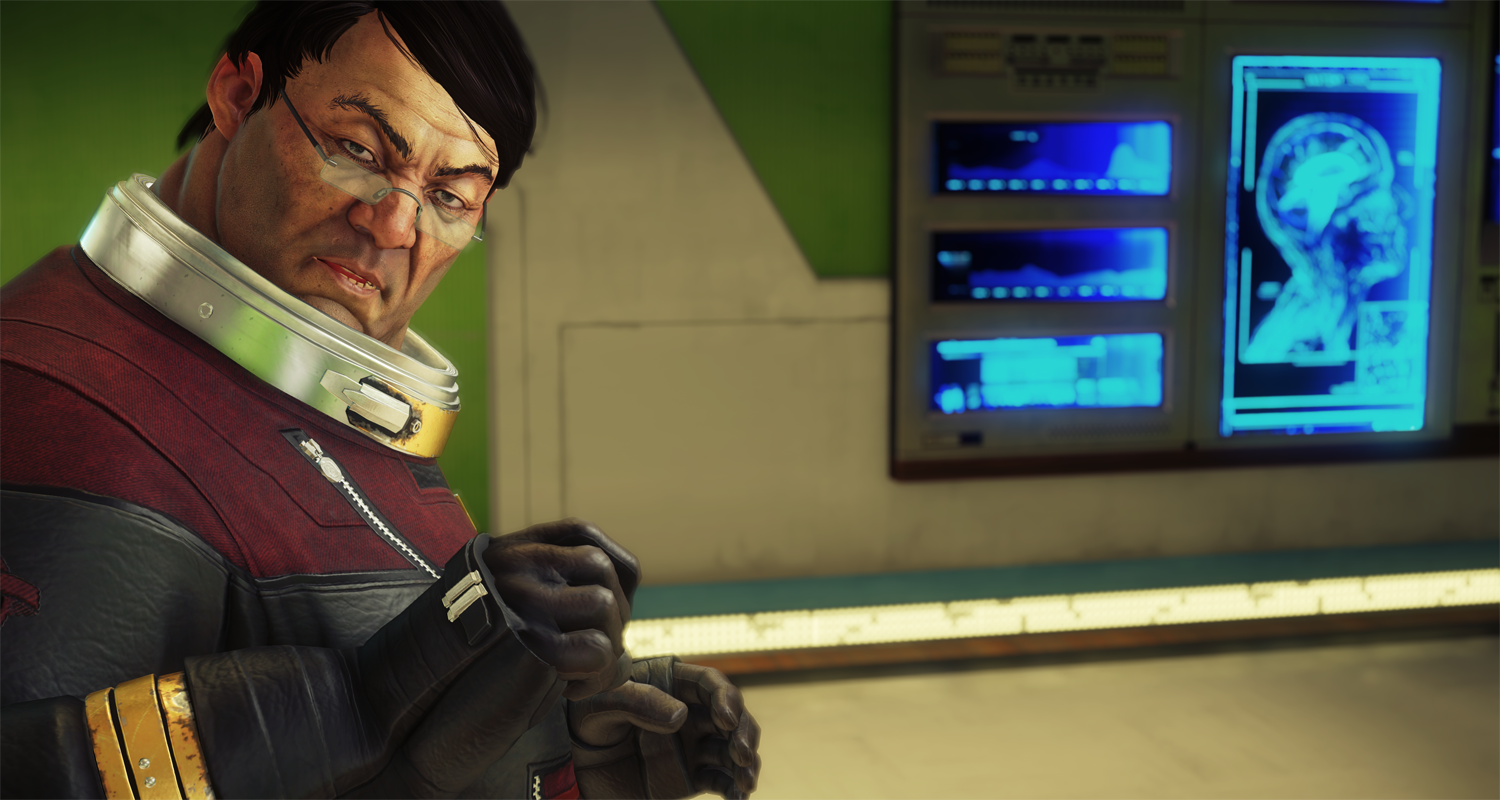Prey review: Arkane Studios' reboot is a tense and immersive sci-fi ride
Dishonored team cements itself as one of world's best video game developers with a shooter of real menace.
Prey
Platforms: PS4 (tested), Xbox One, PC (tested)
Developer: Arkane Studios
Publisher: Bethesda
Release Date: Out now
Immersive simulations are complex and ambitious things, and they rarely make their way onto consoles – let alone in such big budget fashion. In that regard Prey is a welcome release, and developer Arkane Studios continues to pave the way for triple-A sims that take risks.
Prey is a bold and colourful sci-fi adventure that blends and melds inspiration as frequently as it delivers cheap scares, and the result is something you'll want to experience if you have any interest in sci-fi or choice-driven fun.
In short, Prey's great. It doesn't achieve all-time brilliance – an accolade well-earned by Arkane's own steam-punk stealth romp Dishonored 2, which released last year – but the game's world is an open-ended delight inviting exploration and encouraging exploration in a way that feels satisfying to indulge in.
It's visually stunning, benefiting from some excellent sound design and is essentially the best spiritual successor to System Shock you're ever likely to play
You are Morgan Yu, a male or female scientist (you can choose at the beginning) who ends up embroiled in a chaotic space disaster aboard a station named Talos I. The game's opening is a fantastic introduction that sets up a bunch of questions, delivers an unforgettable surprise and leads you headfirst into the story. But it's not until you're several hours into the game that Prey really begins to show its hand.
This is due to the way Prey is structured. From the off, Talos I begs you to explore, but you'll find lots of areas locked or barricaded off. It's only once you begin to wander around, rifle through computers, search storage boxes and complete missions that you open up previously inaccessible places. It creates a great sense of curiosity, urging players to scour every inch of the space station. You'll want to see behind every door, and enjoy mucking around with the different ways Yu can gain access to different areas and rooms of the structure.

Much like Dishonored, Prey offers various skills that can be unlocked via Neuromods – futuristic augmentations developed aboard the Talos I that are delivered into the body via nasty eye-needles and genetically alter Yu's brain with new abilities such as super strength, advanced gunsmithing and, later in the game, alien powers.
All of these abilities tie directly into exploration, allowing more creative ways of manoeuvring through the environment, but the game world is designed in a way that feels natural. Not all rooms will have a vent that you can sneak into, for example. Similarly, not all rooms will have a hackable computer to get through the locked door. As a result Talos I feels a lot less artificial than recent games like Deus Ex: Mankind Divided.
It looks and sounds beautiful, too. Talos I is another demonstration of Arkane's incredibly talented art team, and it has a way with colour that manages to exude art deco style without ever appearing cartoonish. Playing on PC, we've so far experienced none of the save-corrupting problems reported by other outlets, either. Minor texture pop-in seems to be the only blemish on a solid PC port, while playing on PS4 highlights some long loading times that may be frustrating.
It's in its more standard tropes, away from the fabulous visual details and explorative curiosities, that Prey proves less impressive than its visual design and world-building suggests. Its first person combat is functional but clunky. Melee attacks never feel great, but shooting enemies with a shotgun or pistol are at least punchy, even if it never hits the satisfactory loops of a game like id Software's Doom.



Similarly, Prey stars a cast of serviceable characters without any real standouts. Unforgettably immersive games of the past, like BioShock, hinge entirely on those memorable encounters with characters like the mad artist Sander Cohen, or even BioShock Infinite's central antagonist Father Comstock. While Prey isn't bad in this regard, there's no real personality that leaves a lasting impression. By far the best character is Talos I itself.
As for Prey's main antagonistic force, the alien race known as the Typhon, they mostly tick the boxes you'd want from video game villains. The go-to enemies are tri-pedal spiders called Mimics, which can assume the form of any item in the environment. This creates a great sense of dread and anticipation as you enter a new room, but also doles out far too many cheap scares that hinge on you going into a room and having one jump up at your face. This problem becomes a lot less annoying later into the game, though, when you acquire a handy tracker.
The larger Typhon, like the humanoid Phantoms or the floating Telepaths, are much more enjoyable to fight. You'll manage your precious resources while also using the environment to your advantage, and this is when Prey's combat is at its best. It's just a shame that the opening hours can be a slog, as you struggle to keep your health high and have very little ammunition or resources to play around with.
Prey's greatest success is its approach to choice and exploration. For players looking for a direct and focused single player shooter experience, this will undoubtedly disappoint and perhaps even frustrate, but for players looking for a smart and immersive world rife with intrigue and tension, Prey is a quality companion for some true classics.
For all the latest video game news follow us on Twitter @IBTGamesUK.
© Copyright IBTimes 2025. All rights reserved.



















